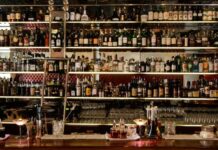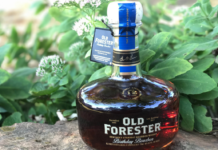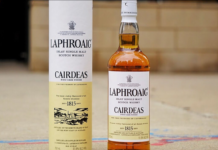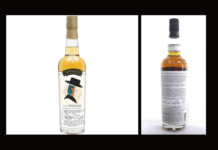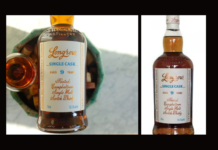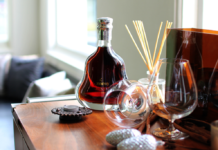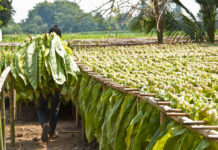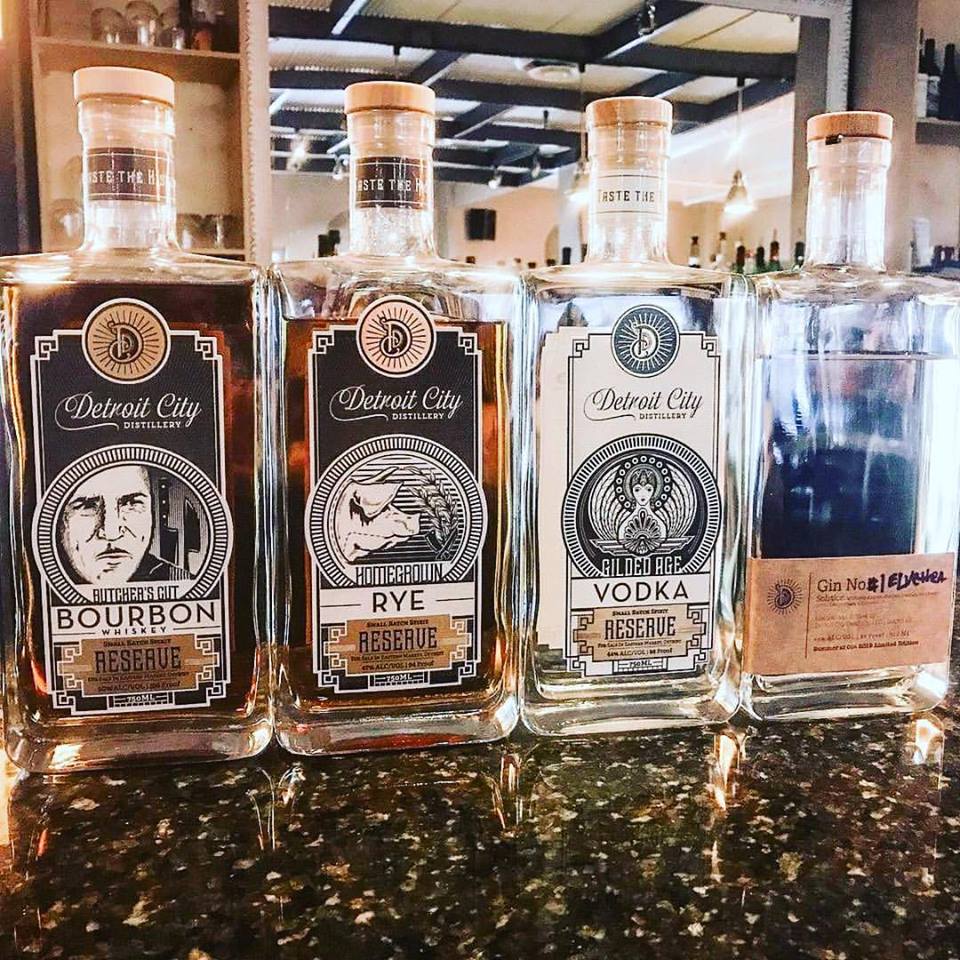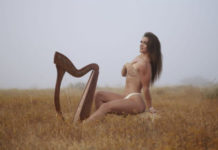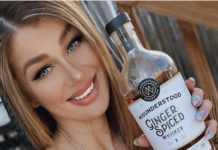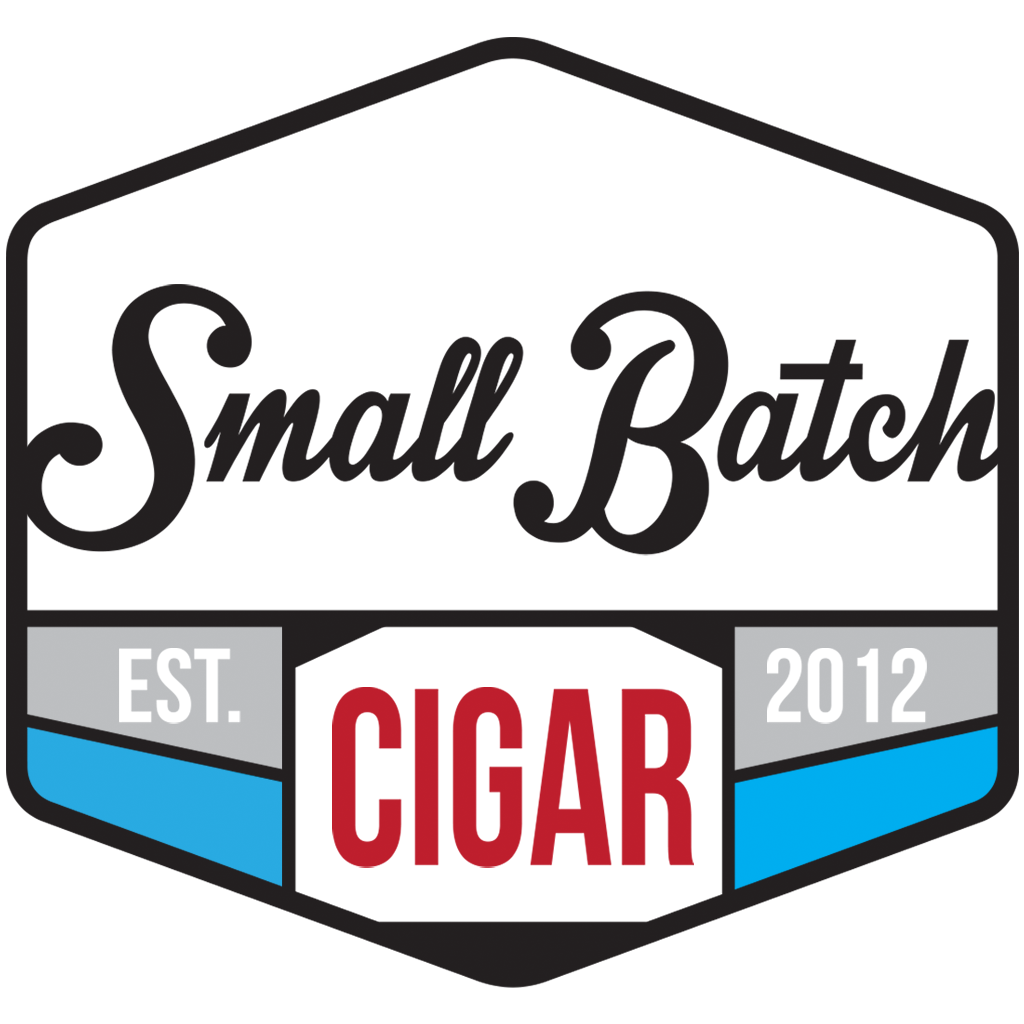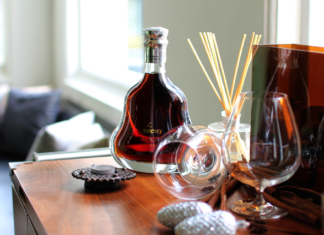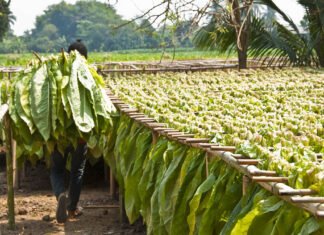In the roaring twenties, Detroit fueled prohibition and an entrepreneurial spirit that didn’t follow the rules. A century later, eight childhood friends started a small distillery to make alcohol the old fashion way.
Detroit City Distillery creates small batch artisanal whiskey, gin and vodka using the finest local ingredients sourced directly from farms near our distillery and tasting room located in Detroit’s famed Eastern Market. The result is a drink of distinction made for the revolutionaries rewriting the history of a great American city.
We had the pleasure of speaking with J.P. Jerome, one of the original founders and partners at such a wonderful distillery. We had a great conversation about whiskey, and what it means to distill actual whiskey.
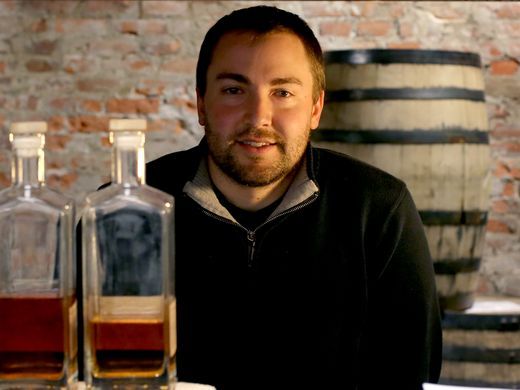 J.P tell us a little about yourself. What did you do before the whisky industry? how did you fall into it ?
J.P tell us a little about yourself. What did you do before the whisky industry? how did you fall into it ?
JP: Well to go waaaaayyyy back …. Detroit City Distillery is founded by myself and 7 of my childhood friends I have known since I was about 3 years old.
Fast forward a little: I spent a few years packaging/cellaring/brewing/working in the lab at Bell’s Brewery after college. I then went back to graduate school at Michigan State University where I met some folks doing amazing distilling work through the Artisan Distilling Program. Before DCD took off I worked as a scientist developing tools for genetic research.
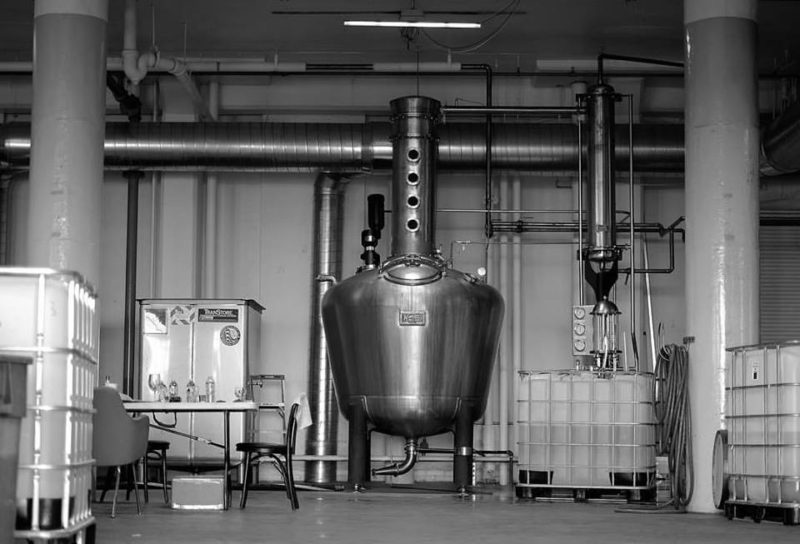 That is very interesting! What was the vision behind the Detroit City Distillery?
That is very interesting! What was the vision behind the Detroit City Distillery?
JP: One of my buddies had a bachelor party in Blind River Canada (Neil Young mentions Blind River in Long May You Run). There is nothing much up there but a cabin on a rocky lake. We drank a lot of whiskey, and collectively decided to start a distillery in Detroit. The wedding we were celebrating didn’t happen, but the distillery did.
Great story, I am sure you tell it a lot. How did you learn to produce bourbon?
JP: Successful brewing and fermentation is the first step to making bourbon, and I had these down from my experience as a homebrewer, working at Bell’s, and from my background in science. In terms of the actual distillation I learned a lot from trial and error: we have produced two different bourbons at DCD (Two Faced Blended Bourbon when we first opened and now Butcher’s Cut Bourbon), and I think we are always getting better as we move forward. Right now we have 6 single smaller barrels of experimental bourbon recipes aging.
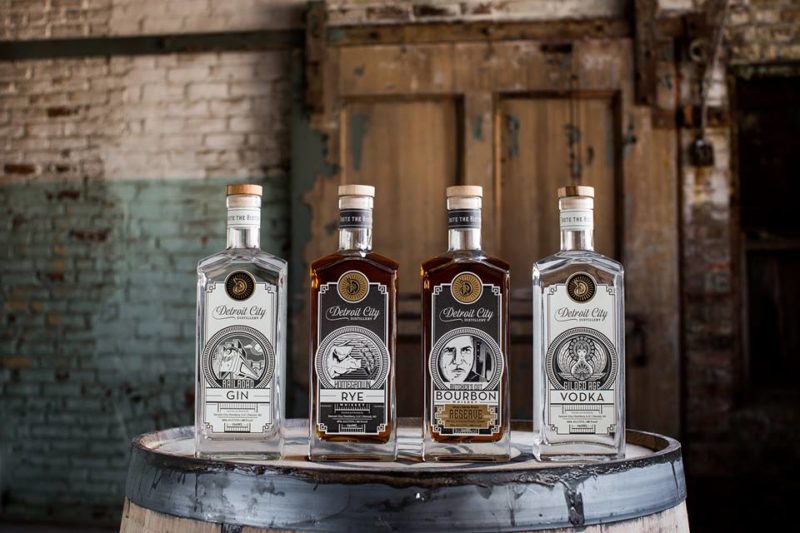 What’s next in the pipeline for the Detroit City Distillery? Do you have any expansion plans?
What’s next in the pipeline for the Detroit City Distillery? Do you have any expansion plans?
JP: We just expanded our production from about 1000 square feet to 22,000 square feet in the former Goebel Brewing Company/Stroh’s Ice Cream plant. All of our brewing and distilling equipment was sized up 10-fold. For now we are in process of filling this space up with whiskey barrels. The good thing about this increase in production is that it also allows us to produce more small batch experimental spirits – not just whiskies, but also aged fruit brandies, and gins.
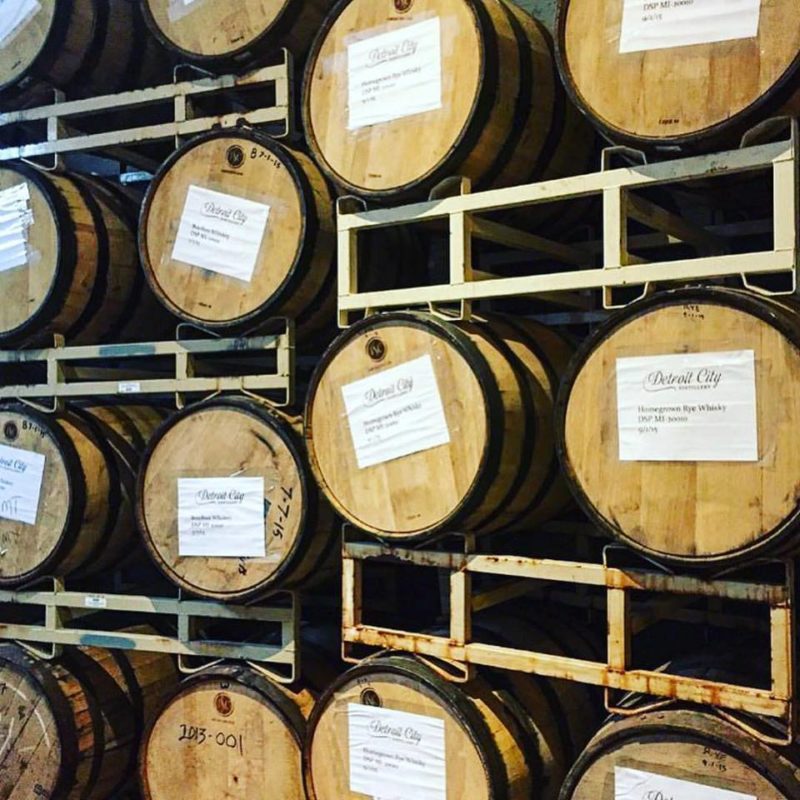 What does a typical day look like for you? What is the most rewarding part of your job?
What does a typical day look like for you? What is the most rewarding part of your job?
JP: These days I run back and forth from our original distillery, which houses our cocktail bar and a 50 gallon CARL still, to the new facility.
The most rewarding part of my job is making great whiskey and gin, and sharing the spirits and spaces we’ve created. When people walk into the cocktail bar, or the Stroh’s Ice Cream plant we’ve transformed into a distillery, have a taste, and love everything about DCD, that makes me happy.
Do you remember your first dram experience? Can you tell us about that.
JP: The first whisky I had came from my parent’s liquor cabinet – it was a blended scotch. That is about all I remember.
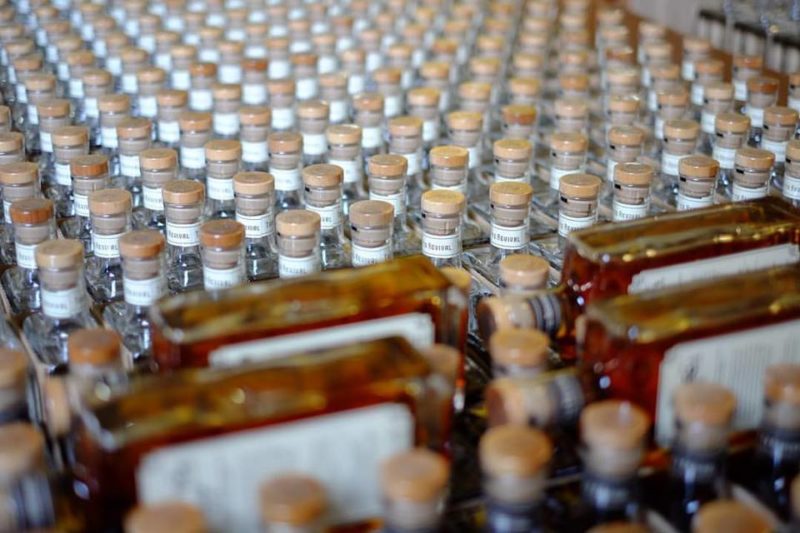 How important is it for you to use and support locally grown Michigan grain?
How important is it for you to use and support locally grown Michigan grain?
JP: It is very important. Folks that enjoy our spirits love to come and see where and how their spirits are being made. They also like to support local small businesses. We feel the same way about our grain and supporting local farms and mills.
What whisky is on your bucket list and why?
JP: Probably something stupid expensive and hard to get like Pappy. I’m not a kid with a trust fund that can buy this type of bourbon.
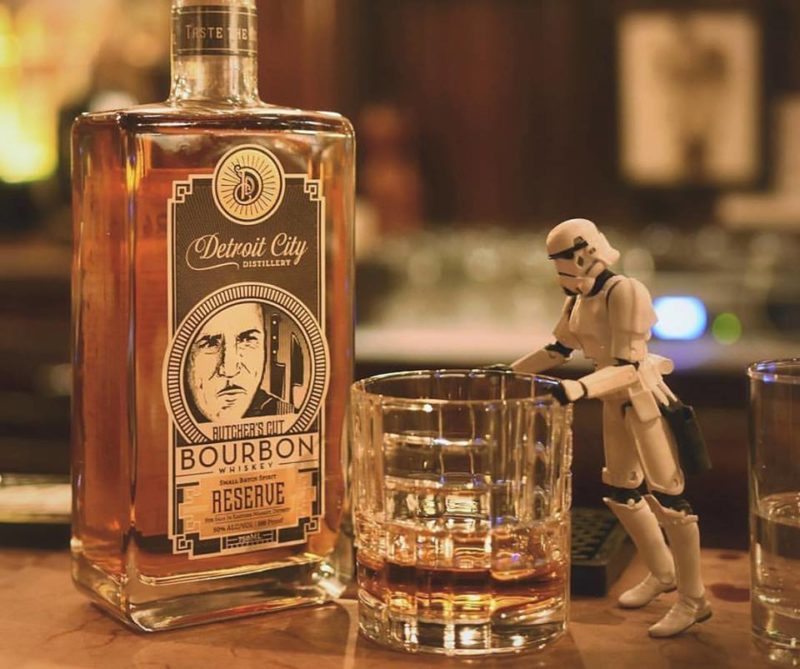
(Courtesy of Instagram @Scotch_Trooper)
What is your opinion on finishing bourbon in Olorosso or Port casks? Is this something foreseeable in the future with your whisky?
JP: Aging bourbon or rye in Olorosso or Port casks, in my opinion, is a fad. Also, the TTB informed us recently that once a bourbon moves into a non-new charred oak cask it is no longer bourbon….things change at TTB depending on who you talk with though.
Hmph, that’s a good point. Thanks for sharing this information with us. Do you currently offer any limited edition whisky?
JP: We will starting this fall. These are true single barrel releases of different bourbon recipes including one with Michigan oak smoked malt.
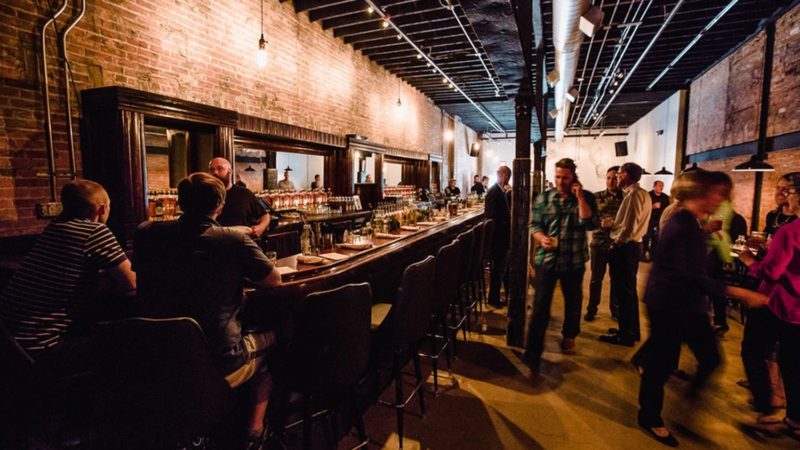 Tell us about some of your best selling products?
Tell us about some of your best selling products?
JP: Anything named bourbon sells really well. We also make multiple gins, many which are seasonal, that sell very well as flights at our tasting room.
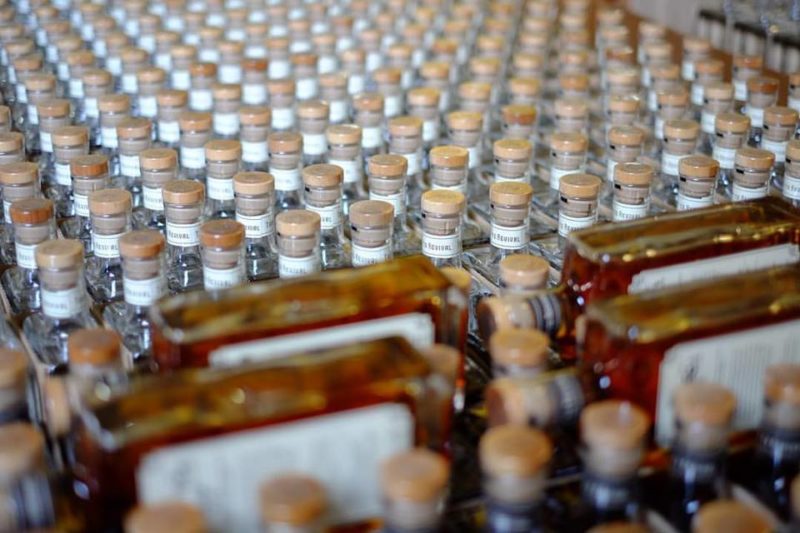 Is there anything else you would like to share with Tastethedram readers?
Is there anything else you would like to share with Tastethedram readers?
JP: At Detroit City Distillery we love to be able to tell our story and make a connection with the storied history of Detroit. I hope anyone visiting or already in the area will come out for a tour of the Goebel’s Beer/Stroh’s Ice Cream plant we’ve turned into the DCD Whiskey Factory. Taste the History. Toast to Revival. Cheers!


